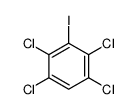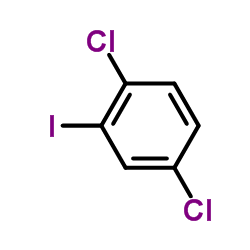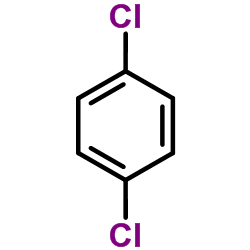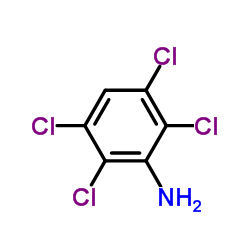2,2',3,5,5',6-Hexachlorobiphenyl
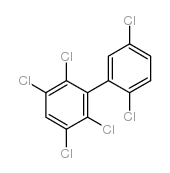
2,2',3,5,5',6-Hexachlorobiphenyl structure
|
Common Name | 2,2',3,5,5',6-Hexachlorobiphenyl | ||
|---|---|---|---|---|
| CAS Number | 52663-63-5 | Molecular Weight | 360.87800 | |
| Density | 1.593 g/cm3 | Boiling Point | 383.7ºC at 760 mmHg | |
| Molecular Formula | C12H4Cl6 | Melting Point | 101°C | |
| MSDS | Chinese USA | Flash Point | 183.9ºC | |
| Symbol |


GHS08, GHS09 |
Signal Word | Warning | |
| Name | 2,2',3,5,5',6-Hexachlorobiphenyl |
|---|---|
| Synonym | More Synonyms |
| Density | 1.593 g/cm3 |
|---|---|
| Boiling Point | 383.7ºC at 760 mmHg |
| Melting Point | 101°C |
| Molecular Formula | C12H4Cl6 |
| Molecular Weight | 360.87800 |
| Flash Point | 183.9ºC |
| Exact Mass | 357.84400 |
| LogP | 7.27400 |
| Index of Refraction | 1.626 |
| Symbol |


GHS08, GHS09 |
|---|---|
| Signal Word | Warning |
| Hazard Statements | H373-H410 |
| Precautionary Statements | P273-P391-P501 |
| Personal Protective Equipment | dust mask type N95 (US);Eyeshields;Gloves |
| Hazard Codes | N: Dangerous for the environment; |
| Risk Phrases | R33 |
| Safety Phrases | 35-60-61 |
| RIDADR | UN 3432 9 |
| HS Code | 2903999090 |
|
~% 
2,2',3,5,5',6-H... CAS#:52663-63-5 |
| Literature: Bolgar; et al. Chemosphere, 1995 , vol. 31, # 2 p. 2687 - 2705 |
|
~% 
2,2',3,5,5',6-H... CAS#:52663-63-5 |
| Literature: Bolgar; et al. Chemosphere, 1995 , vol. 31, # 2 p. 2687 - 2705 |
| HS Code | 2903999090 |
|---|---|
| Summary | 2903999090 halogenated derivatives of aromatic hydrocarbons VAT:17.0% Tax rebate rate:9.0% Supervision conditions:none MFN tariff:5.5% General tariff:30.0% |
|
Effects of bioaugmentation on indigenous PCB dechlorinating activity in sediment microcosms.
Water Res. 45(13) , 3899-907, (2011) Bioaugmentation is an attractive mechanism for reducing recalcitrant pollutants in sediments, especially if this technology could be applied in situ. To examine the potential effectiveness of a bioaug... |
|
|
Effects of molecular substitution patterns on the cytochrome P-450-dependent metabolism of 2,2',3,5,5',6- and 2,2',3,4,4',6-hexachlorobiphenyl by rat liver microsomal monooxygenases.
Biochim. Biophys. Acta 1036(3) , 167-75, (1990) The metabolism by rat hepatic microsomal cytochrome P-450-dependent monooxygenases of several model substrates that are specific for individual isoforms of cytochrome P-450 and the metabolism by these... |
|
|
Mechanism of the degradation of individual PCB congeners using mechanically alloyed Mg/Pd in methanol.
Chemosphere 76(6) , 761-6, (2009) Polychlorinated biphenyls (PCBs) are a continuing concern in the environment, although legislation restricting the production and use of PCBs was introduced more than 30 years ago. The combination of ... |
| 1,2,4,5-tetrachloro-3-(2,5-dichlorophenyl)benzene |
